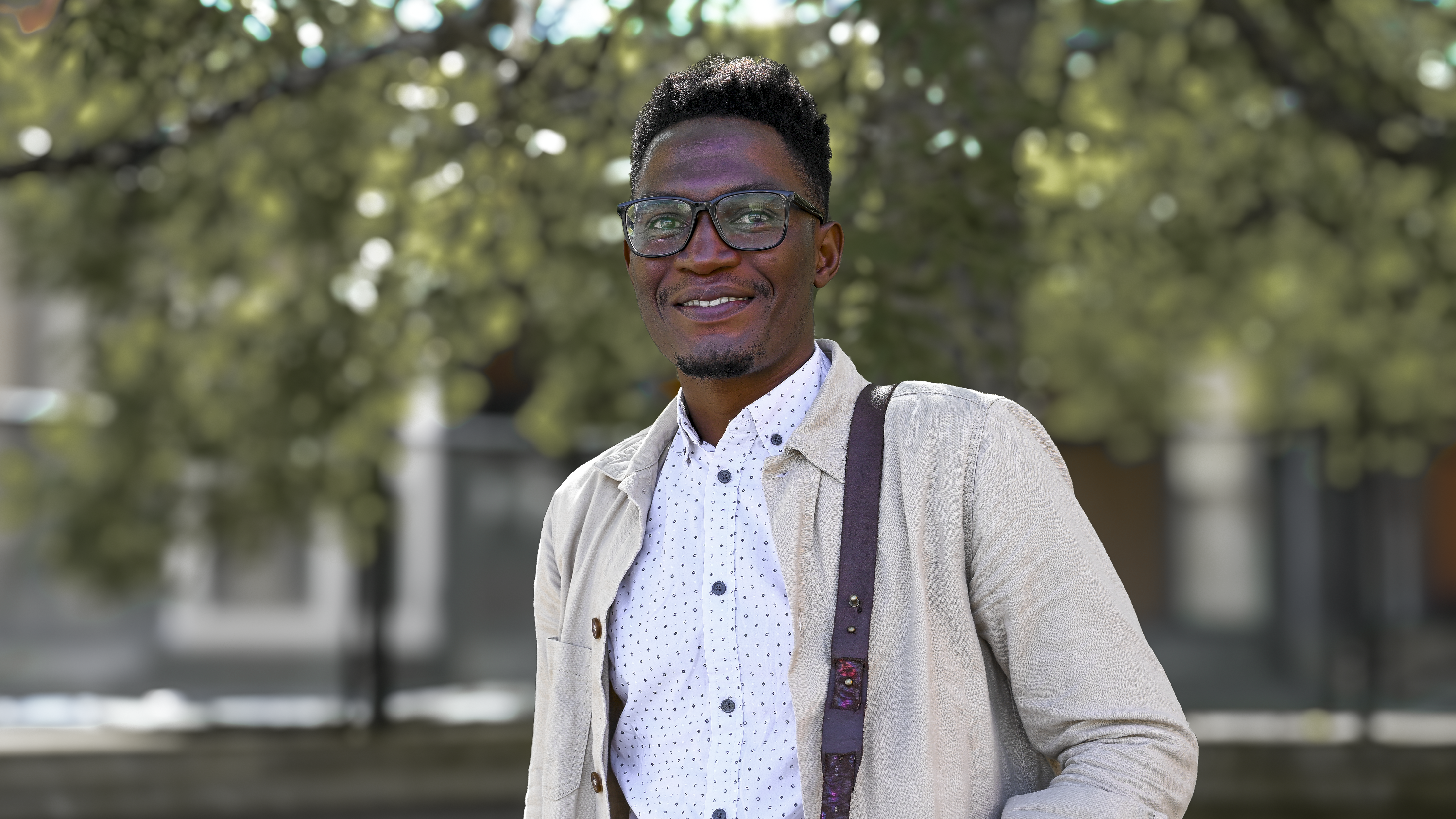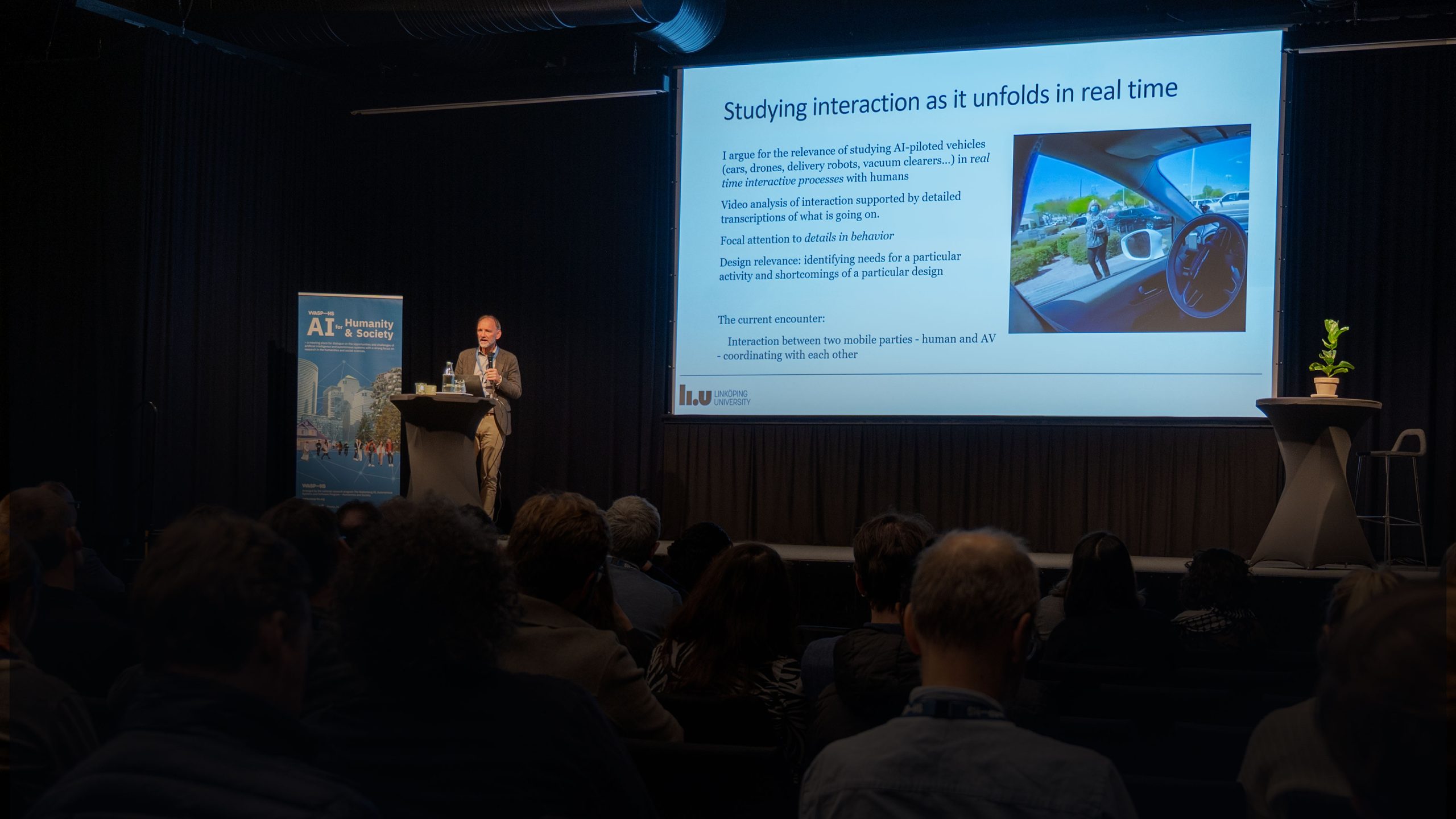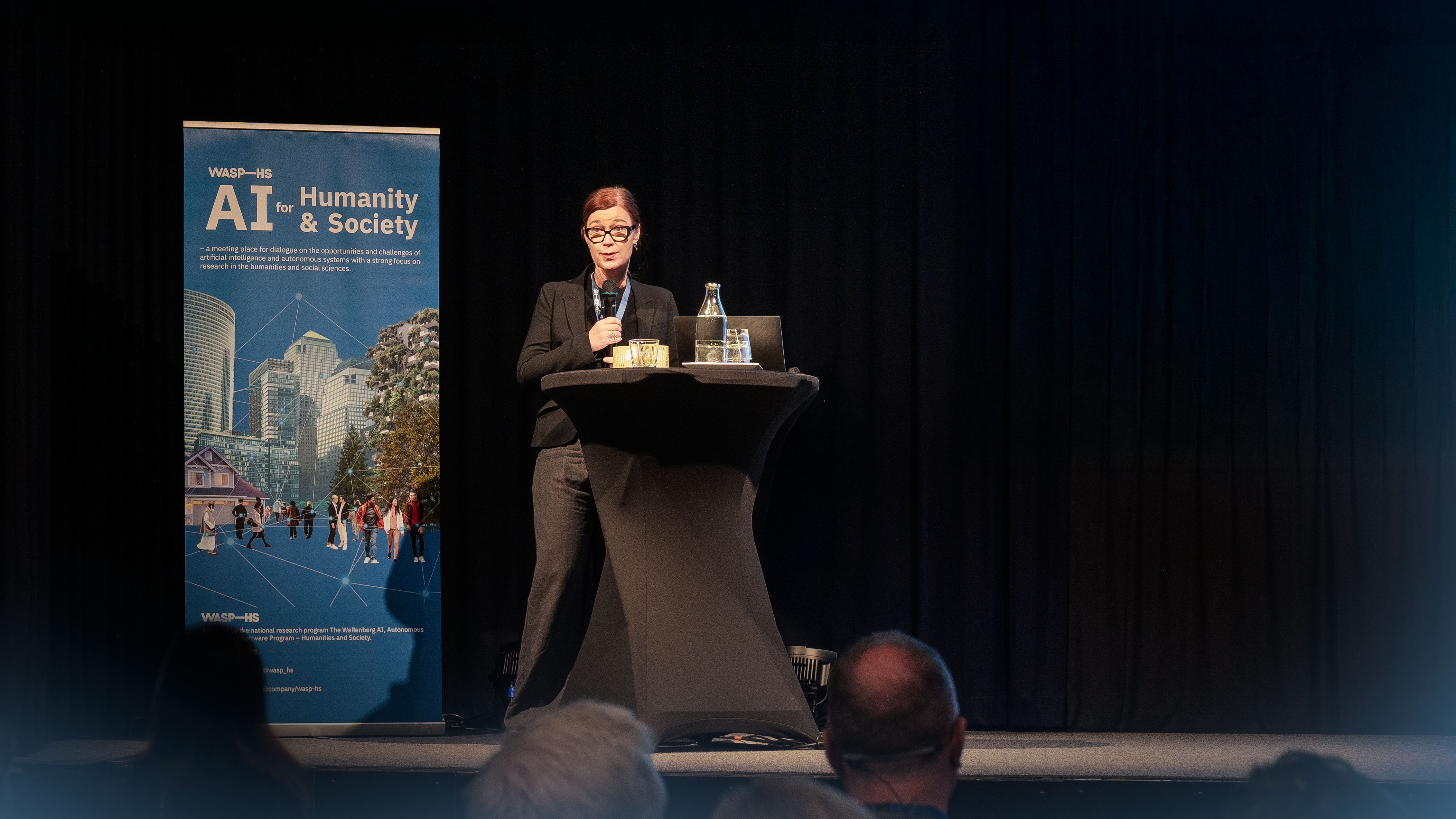Isabel García Velázquez, PhD student at Linköping University, attended the WASP-HS healthcare meeting on 25 March. Read her reflections from the meeting. “Really inspiring to witness how academia, public and private sector come together in this diverse but homogeneous cluster,” she writes.
There is a saying “what you see is a mirage, what is underneath the mirage is what you are searching for”. I constantly think about these words when I interact with small and even “imperceptible” devices like my Fitbit watch – an artifact that has silently become part of my daily routine.
From the way I start my day by seeing the estimation of my sleep stages to tracking my not so daily elliptical workouts, and using the menstrual health tracking feature, I realize that technology and Artificial Intelligence (AI) englobe dozens – if not hundreds- of inter and multidisciplinary worlds that are not easily perceived at first sight, but that have gradually entered the digital realm.
We, as doctoral students, members of WASP-HS, representatives of institutions and enterprises, we all are building crucial connections for overcoming challenges and generating collaboration opportunities that will persist over time and be the solid base of sustainable research.
It´s curious, though, how sometimes we forget about the importance of making technology using multi and interdisciplinary approaches. When I was younger, I was taught that academic disciplines were the standard for knowledge production. In fact, I recall that one of my high school teachers told me that technology and AI are rigid fields just for savvy tech highly disciplined experts. Therefore, social and human sciences have no say in the making of technology-such naïve and blind thoughts the ones that marked those days. I wonder what Professor Chelito would say if she knew how AI is now designed.
This year I had the pleasure to attend the very first community reference meeting on healthcare sector hosted by the Wallenberg AI, Autonomous Systems and Software Program – Humanities and Society. It was such a great feeling to acknowledge that, even though we all come from very diverse fields and our knowledge is equally multiple and different, we all are starting to speak the same language of multi- and interdisciplinary digital revolution.
To me, this is not such a common approach, or at least not one that could be seen daily. Of course, sticky phrases pledging that inter and multidisciplinary approaches are at the core of AI research are constantly bombarding us nowadays. However, being able to witness firsthand how academia, public and private sector come together in this diverse but homogeneous cluster is really inspiring.
As Hammarfelt nicely explains in Interdisciplinarity and The Intellectual Base of Literature Studies: Citation Analysis of Highly Cited Monographs, one of the simplest and perhaps primitive meanings of interdisciplinarity is “boundary crossing”. As such, he argues that in order to achieve interdisciplinarity there should be bridges that connect disciplines in a way that they could influence one another. This is what we are doing. This is what WASP-HS is successfully creating.
We are no longer referring to pure and specialized technology and AI. On the contrary, technology is now being addressed as more than raw production. We, as doctoral students, members of WASP-HS, representatives of institutions and enterprises, we all are building crucial connections for overcoming challenges and generating collaboration opportunities that will persist over time and be the solid base of sustainable research.
We are placing users in the center of AI. Or as Virginia Dignum, the director of WASP-HS, likes to constantly remind us, this is the so-called human-centred approach to AI.
When I think about my research project, I tend to ask myself how gender, care and touch are envisioned when designing social robots for elderly people? How the understandings of such “innocent” and “universal” concepts can shape the mechanical bodies of social robots? How do we picture elderly people and users? And what are the imaginaries that elderly people and users have around social robots?
By doing this small but really marathon reflection that never seems to end, I start to catch sight of just a couple of angles of how to address these big interrogations. That is, I try to reconstruct how disciplines, multi/inter and transdisciplinary are present in my approaches to research and knowledge production.
Although the full inclusion of multi and interdisciplinary approaches is still in progress, I believe that we are not alone in this road. As Francis Lee suggests, PI within WASP-HS and Associate Professor at Chalmers, we all are constructing dialogues to connect disciplines, individuals and experts who are key to the development of AI but didn´t know it. Or maybe we were blind to see them.





